24M — 4.5 Months Into Hair Treatment, Feeling Emotionally Drained Is this regrowth? 5/13/2025
A 24-year-old male is experiencing emotional stress from hair loss despite seeing significant progress after 4.5 months of using oral dutasteride and minoxidil, and has now switched to topical treatments. Many users encourage him to continue with the oral treatments due to his impressive results and suggest waiting at least a year before considering a hair transplant.
View this post in the Community →
Similar Community Posts Join
6 / 1000+ results
community 2025 Official beginner guide for “I’m losing my hair, what can I do?”
For hair loss, start with Finasteride, Minoxidil, Ketoconazole shampoo, and Microneedling. For severe cases, consider Dutasteride, oral Minoxidil, or hair transplants.

community Thinning in Hairline and Vertex - What do I do?
A 25-year-old male is experiencing hair thinning at the hairline and vertex, considering using a dermapen or dermastamp, and seeking advice on whether to continue with natural remedies like onion juice and rosemary oil or start using minoxidil or finasteride. He is also looking for recommendations on microneedling devices.
community Why do so many dudes wait until they are literally BALD to start treatment
Many delay hair loss treatment due to lack of awareness, denial, or fear of side effects. Treatments like finasteride, minoxidil (oral and topical), and hair transplants are discussed, with mixed results and concerns about side effects.
community I’ve been shaving my head for 15 years. Is there anything out there that can truly regrow hair?
A user who has been shaving his head for 15 years looking for potential treatments to regrow hair; the replies range from advice to try out medications such as finasteride and minoxidil, to suggestions of changing up his look with facial hair or hobbies.
community 7 months dutasteride minoxidil microneedling 25y.o. Some progress.
A 25-year-old shared progress in hair regrowth after 7 months using dutasteride, minoxidil, and microneedling, noting some baby hair growth on the temples. The user plans to continue this treatment, having found it effective despite some initial shedding and challenges with styling due to topical minoxidil.
community Big sheeding after 9 months on minoxidil. Maybe caused by switching brands?
A user experienced significant hair regrowth using Minoxidil but started shedding hair after switching brands and adding treatments like Topical Finasteride and microneedling. They also faced increased hair loss after using Ketoconazole shampoo and are seeking advice on whether brand switching or the shampoo could be the cause.
Related Research
6 / 1000+ results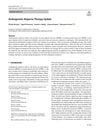
research Androgenetic Alopecia: Therapy Update
There are many treatments for common hair loss, but more trials are needed to decide which are best.
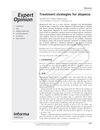
research Treatment Strategies for Alopecia
Some treatments work for common baldness, but there's less evidence for other hair loss types, and more research is needed.
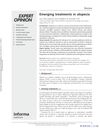
research Emerging Treatments in Alopecia
New alopecia treatments aim for better results and fewer side effects.
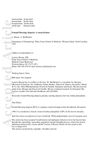
research Frontal Fibrosing Alopecia: Increasing Cases and Treatment Options
Frontal fibrosing alopecia is a scarring hair loss condition mainly affecting older women, with no known cause and treatments that may help stabilize hair loss.
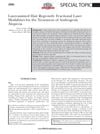
research Laser-Assisted Hair Regrowth
Fractional lasers could help hair regrowth in androgenic alopecia, but more research is needed to confirm their effectiveness and safety.
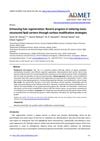
research Enhancing Hair Regeneration: Recent Progress in Tailoring Nano-Structured Lipid Carriers Through Surface Modification Strategies
Surface-modified nanostructured lipid carriers can improve hair growth treatments.